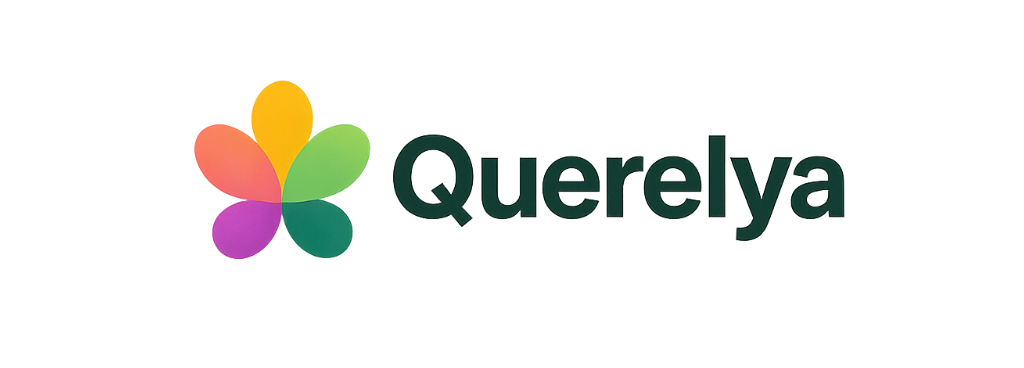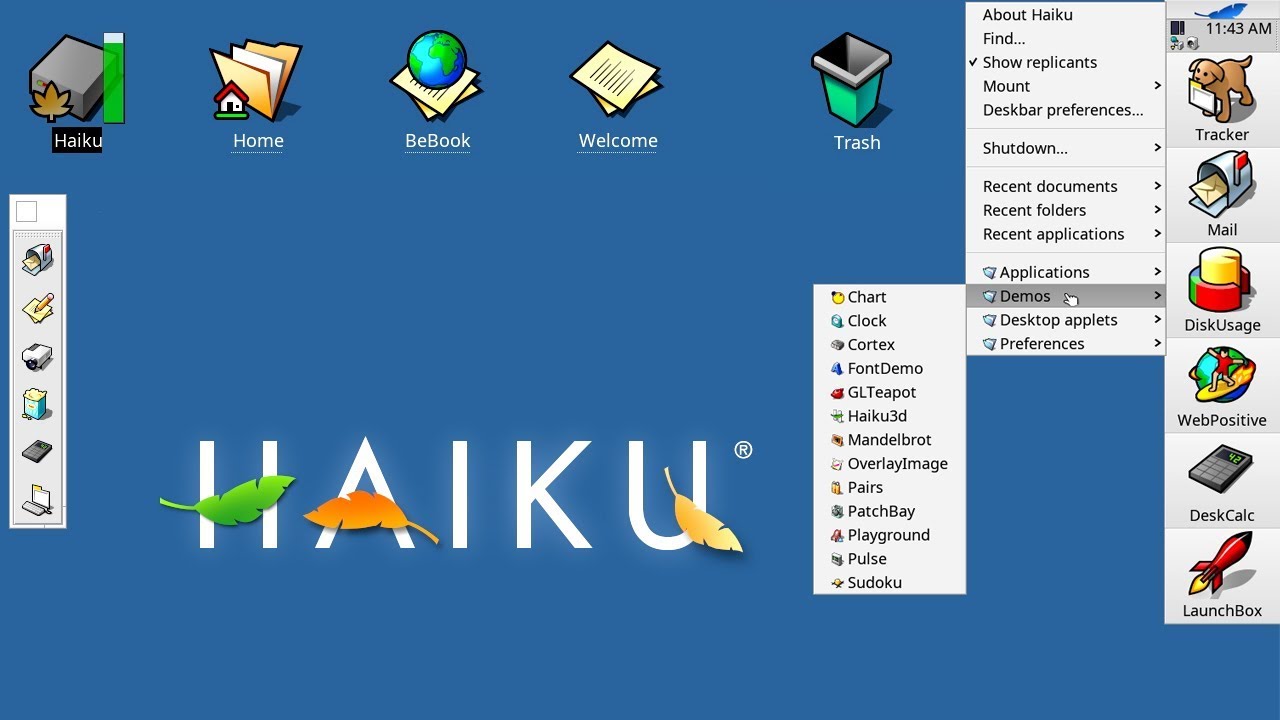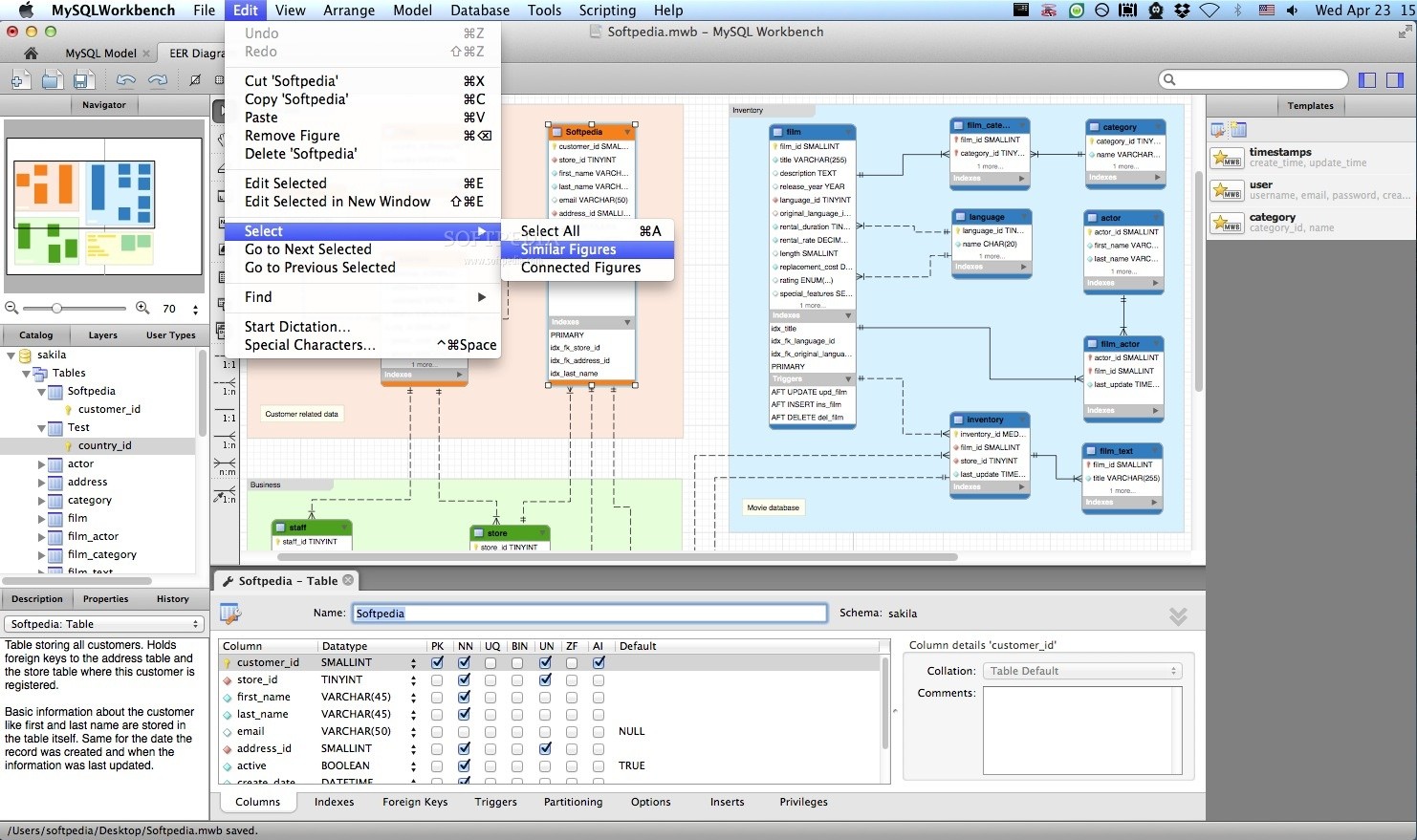The early internet aesthetic is making a remarkable comeback, captivating both millennials who lived through it and Gen Z discovering its quirky charm for the first time.
🌐 The Digital Time Capsule: What Made Early Internet Design So Special
Remember the days when websites greeted you with “Under Construction” GIFs featuring tiny animated workers? When cursor trails sparkled across your screen and MIDI files played automatically upon page load? The early internet aesthetic, roughly spanning from 1995 to 2005, represents a unique period in digital history where creativity trumped convention and experimentation was the norm rather than the exception.
This era was characterized by its raw, unpolished nature. Web designers worked with limited tools and bandwidth constraints, yet somehow managed to create experiences that felt more personal and authentic than many of today’s sleek, corporate websites. The charm lay precisely in these limitations—they forced creators to be inventive, resourceful, and genuinely expressive within strict technical boundaries.
The visual language of this period included pixelated graphics, bright neon colors against dark backgrounds, tiled background patterns, and an abundance of animated GIFs. Navigation was often experimental, with image maps and Flash-based menus that defied conventional usability standards but offered unique user experiences that felt like adventures rather than simple information retrieval.
The Building Blocks of Early Web Design 🎨
Early internet creators relied on a surprisingly limited toolkit. HTML was still in its infancy, CSS was barely adopted, and JavaScript was just beginning to emerge as a viable scripting language. Yet within these constraints, a distinct aesthetic flourished. Webmasters (yes, that’s what they called themselves) used table-based layouts, framesets, and inline styling to craft their digital spaces.
GeoCities neighborhoods became virtual communities where individuals could claim their small plot of digital land. These personal homepages often featured guestbooks, hit counters proudly displaying visitor numbers, and webrings that connected like-minded sites together. Each page reflected its creator’s personality without the homogenizing influence of templates and content management systems.
💾 The Cultural Significance Behind Pixelated Dreams
The early internet aesthetic wasn’t just about visual design—it represented a fundamentally different philosophy about what the web could and should be. This was the internet before social media monopolies, before algorithmic feeds, and before user experience became synonymous with corporate polish and data harvesting.
Personal expression took center stage. People created websites not to build brands or monetize audiences, but simply to share their passions, connect with fellow enthusiasts, and carve out their own corner of cyberspace. Fan sites dedicated to obscure bands, anime series, or conspiracy theories flourished without concern for SEO optimization or engagement metrics.
This democratic spirit extended to the technical side as well. View Source wasn’t just a browser feature—it was an invitation to learn. Curious users could examine the HTML of any page, copy what they liked, and adapt it for their own sites. This open-source mentality created a self-teaching community where sharing knowledge was natural and expected.
The Sound and Motion of Digital Nostalgia 🔊
The early internet wasn’t just a visual experience—it was multisensory in ways that modern web designers deliberately avoid. Auto-playing MIDI files created ambient soundscapes (whether visitors wanted them or not). Animated GIFs added constant motion to otherwise static pages. Marquee text scrolled endlessly across screens, demanding attention.
These elements, now considered usability sins, contributed to the period’s distinctive character. They made browsing feel eventful and unpredictable. You never quite knew what sensory experience awaited when clicking a hyperlink, and that element of surprise became part of the charm.
🎮 Why Generation Z is Embracing Y2K Digital Aesthetics
Perhaps counterintuitively, the demographic most enthusiastically reviving early internet aesthetics didn’t actually experience it firsthand. Generation Z, raised on smartphones and polished apps, finds something refreshingly authentic in the amateur enthusiasm of 90s and early 2000s web design.
This nostalgia for an era they never knew speaks to deeper dissatisfactions with the contemporary internet. Today’s web feels increasingly corporate, surveilled, and homogeneous. Every platform pushes users toward similar templates and design patterns. Instagram feeds look like Instagram feeds, whether they belong to multinational corporations or individual creators.
The early internet aesthetic offers an alternative vision—one where individuality matters more than optimization, where amateur passion trumps professional polish, and where the web feels handmade rather than algorithm-generated. For younger users drowning in perfectly curated content, the messy authenticity of old-school web design feels like a breath of fresh air.
From SpaceJam Website to TikTok Trends 🏀
The 1996 Space Jam website remains online to this day, preserved exactly as it was—complete with garish background tiles, image-mapped navigation, and gloriously outdated HTML. Rather than being an embarrassment, it’s become a beloved internet landmark, regularly rediscovered by new generations who marvel at its unironic commitment to period-appropriate design choices.
On TikTok and Instagram, creators regularly reference early internet aesthetics. Retro computer graphics, deliberately pixelated filters, and Y2K fashion trends all draw from this digital heritage. Musicians like 100 gecs and artists like Molly Soda explicitly incorporate these visual languages into their work, creating a feedback loop between nostalgic reference and contemporary creativity.
🛠️ The Technical DNA of Web 1.0 Design
Understanding the early internet aesthetic requires appreciating the technical context that shaped it. Bandwidth limitations meant images had to be optimized aggressively, leading to the prevalence of GIF files with limited color palettes. The 216-color “web safe” palette emerged from the need to ensure consistent appearance across different monitor types and operating systems.
Table-based layouts weren’t a stylistic choice but a practical necessity before CSS positioning became reliable. Designers nested tables within tables, creating complex grids that would make modern developers shudder but represented cutting-edge techniques at the time. Spacer GIFs—transparent single-pixel images stretched to create margins and padding—were standard tools in every web designer’s arsenal.
Flash provided an escape from HTML’s limitations, enabling animations, interactivity, and precise typographic control. Entire websites built in Flash offered cinematic experiences, with intro sequences, smooth transitions, and integrated audio. The technology’s eventual obsolescence and removal from browsers made these experiences largely inaccessible, adding to their mystique and nostalgic value.
The Lost Art of the Splash Page 🚪
Few design conventions from the early web era seem more alien than the splash page—an introductory screen, often featuring nothing but a logo animation and “Enter” button, that visitors had to click through before accessing actual content. Modern UX principles would consider this an inexcusable barrier, yet splash pages were ubiquitous.
They served multiple purposes: establishing mood and brand identity, allowing multimedia assets to preload, and creating a sense of occasion around visiting a website. They transformed web browsing from utilitarian information retrieval into something more experiential and theatrical. While few argue for their return, they exemplify the period’s different priorities and assumptions about user patience and attention.
📱 Modern Tools for Recreating Vintage Digital Vibes
The resurgence of interest in early internet aesthetics has spawned tools and platforms dedicated to recreating or emulating that distinctive look and feel. Neocities, a spiritual successor to GeoCities, provides free web hosting specifically aimed at fostering personal, creative websites without the corporate overlay of modern social platforms.
Design tools and resource libraries have emerged to serve retro-web enthusiasts. Websites like OldWeb.Today allow users to browse archived versions of sites through period-appropriate browsers and operating systems, recreating the authentic experience of web surfing in 1997. CSS libraries like NES.css and 98.css provide ready-made components styled after classic user interfaces.
For those interested in creating Y2K-inspired graphics, various tools can help achieve authentic results. Pixel art editors enable precise control over individual pixels, replicating the look of carefully optimized GIF graphics. Dithering tools can reduce modern images to limited color palettes, creating that characteristic early-web compression aesthetic.
Virtual Museums Preserving Digital History 🏛️
Several initiatives work to preserve and showcase early internet culture for future generations. The Internet Archive’s Wayback Machine contains billions of archived web pages, offering glimpses into how websites evolved over decades. One Terabyte of Kilobyte Age archives thousands of GeoCities pages, randomly capturing the diversity of amateur web creation.
Cameron’s World creates a collage from GeoCities fragments, celebrating the visual chaos and creative energy of that era. These preservation efforts serve both nostalgic and scholarly purposes, documenting an important period in digital culture before it disappears entirely.
🎨 Incorporating Vintage Elements Without Sacrificing Usability
While pure recreation of early internet design makes for interesting art projects, most contemporary applications benefit from a more balanced approach—capturing the aesthetic spirit while maintaining modern usability standards. This hybrid approach respects user expectations formed by decades of interface evolution while injecting personality and distinctiveness.
Strategic use of pixel fonts, limited color palettes, and retro interface elements can evoke the period without requiring users to tolerate auto-playing music or horizontal scrolling. Subtle animations inspired by classic GIFs can add character without the visual assault of dozens simultaneously flashing elements. The key lies in understanding which elements created the aesthetic feel versus which were merely technical compromises.
Several successful modern brands incorporate early internet aesthetics thoughtfully. The fashion brand Eckhaus Latta’s website balances brutalist simplicity with retro web elements. Various indie game developers embrace pixel art not just for nostalgic appeal but because it enables small teams to create visually distinctive experiences within budget constraints—much like early web designers.
The Psychology of Digital Comfort Food 🍕
Nostalgia for early internet aesthetics operates on multiple levels. For those who experienced it firsthand, it recalls a specific period in their lives—often adolescence or young adulthood—when everything felt new and full of possibility. The internet hadn’t yet become mandatory for daily life; it was still an optional adventure, a place you deliberately chose to go.
Even for younger users without personal memories of that era, these aesthetics can trigger a different kind of nostalgia—a longing for imagined simpler times before social media anxiety, before constant surveillance, before the internet became an extension of corporate capitalism. The amateurish, personal quality of early web design suggests a more innocent, less commercialized digital world.
🌟 The Future of Looking Backward
The early internet aesthetic revival shows no signs of slowing. As mainstream web design becomes increasingly homogeneous—every site a variation on the same responsive grid, every interface following Material Design or iOS conventions—the hunger for distinctive visual identities grows stronger.
This movement represents more than mere nostalgia. It’s a critique of contemporary web culture and a proposal for alternative ways forward. By looking backward, creators challenge assumptions about what the internet should be, questioning whether the path taken was truly inevitable or if other possibilities were prematurely abandoned.
The most interesting developments blend old and new thoughtfully. Artists create work that references early digital aesthetics while leveraging modern capabilities. Developers build tools that make personal web creation accessible to non-technical users again, recapturing some of GeoCities’ democratic spirit. Musicians and visual artists mine the period for inspiration, creating contemporary work that resonates with early digital culture’s energy and optimism.
Beyond Aesthetics: Reclaiming Digital Independence 💪
Ultimately, the appeal of early internet aesthetics connects to larger questions about digital autonomy and online identity. The contemporary web increasingly funnels users into walled gardens controlled by a handful of corporations. Creating within these spaces means accepting their rules, algorithms, and monetization schemes.
The early web offered something different: direct control over your digital presence, unmediated connection with audiences, and freedom from algorithmic curation. Reviving interest in that era’s aesthetics often accompanies renewed interest in its values—personal websites over social media profiles, RSS feeds over algorithmic timelines, and direct communication over platform-mediated interaction.
This isn’t about literally returning to 1990s technology—few would tolerate dial-up speeds or browser incompatibilities today. Rather, it’s about recovering the spirit of creativity, independence, and experimentation that characterized that period before best practices and corporate optimization calcified into rigid conventions.
✨ The Enduring Magic of Digital Imperfection
The early internet aesthetic’s greatest lesson might be that imperfection has value. Those clunky layouts, garish color schemes, and amateur graphics conveyed something that perfectly polished modern design often lacks: genuine human presence. You could sense the individual person behind each site, making choices based on personal taste rather than analytics data.
As we move forward into an era of AI-generated content and increasingly sophisticated design automation, this handmade quality becomes ever more precious. The early web reminds us that digital spaces can be personal, idiosyncratic, and human-scaled—qualities worth preserving and reviving as we shape the internet’s future.
Whether you experienced it firsthand or discovered it through retro revivals, the early internet aesthetic offers both a portal to the past and a vision for alternative digital futures. Its continued influence on contemporary design, art, and digital culture suggests these lessons remain relevant, challenging us to create online spaces that prioritize human connection and creative expression over corporate efficiency and data extraction. The web’s early days may be long gone, but their spirit continues inspiring new generations to imagine what the internet could still become. 🌈
Toni Santos is a visual historian and creative artisan whose work channels the bold spirit of the steam-powered era—a time when imagination, mechanics, and ambition converged to reshape the modern world. Through richly detailed visual narratives and handcrafted design, Toni celebrates the legacy of steam innovation as both an artistic and technological revolution.
Driven by a passion for mechanical aesthetics, forgotten inventions, and industrial-age ingenuity, Toni reimagines the world of steam through illustrations, tactile artifacts, and storytelling that capture the poetry of pressure, motion, and invention. From piston-driven engines to brass-detailed diagrams, each piece reveals how steam wasn’t just power—it was promise.
With a background in visual design and historical research, Toni brings a craftsman’s eye and a dreamer’s heart to the stories of tinkerers, inventors, and visionaries who shaped the 19th century. His work doesn’t merely document machines—it honors the culture, courage, and creativity that drove a world to reimagine itself through gears, valves, and vapor.
As the creative voice behind Vizovex, Toni shares curated articles, reconstructed blueprints, and visual interpretations that bring this industrial past to life. His collections serve as a tribute to:
The elegance of steam-era design and innovation
The human stories behind great mechanical feats
The aesthetic beauty found in function and form
The echo of invention in today’s creative world
Whether you’re a history lover, a fan of steampunk, or an admirer of antique technology, Toni welcomes you into a world where art and machinery fuse, one cog, one drawing, one rediscovered marvel at a time.





